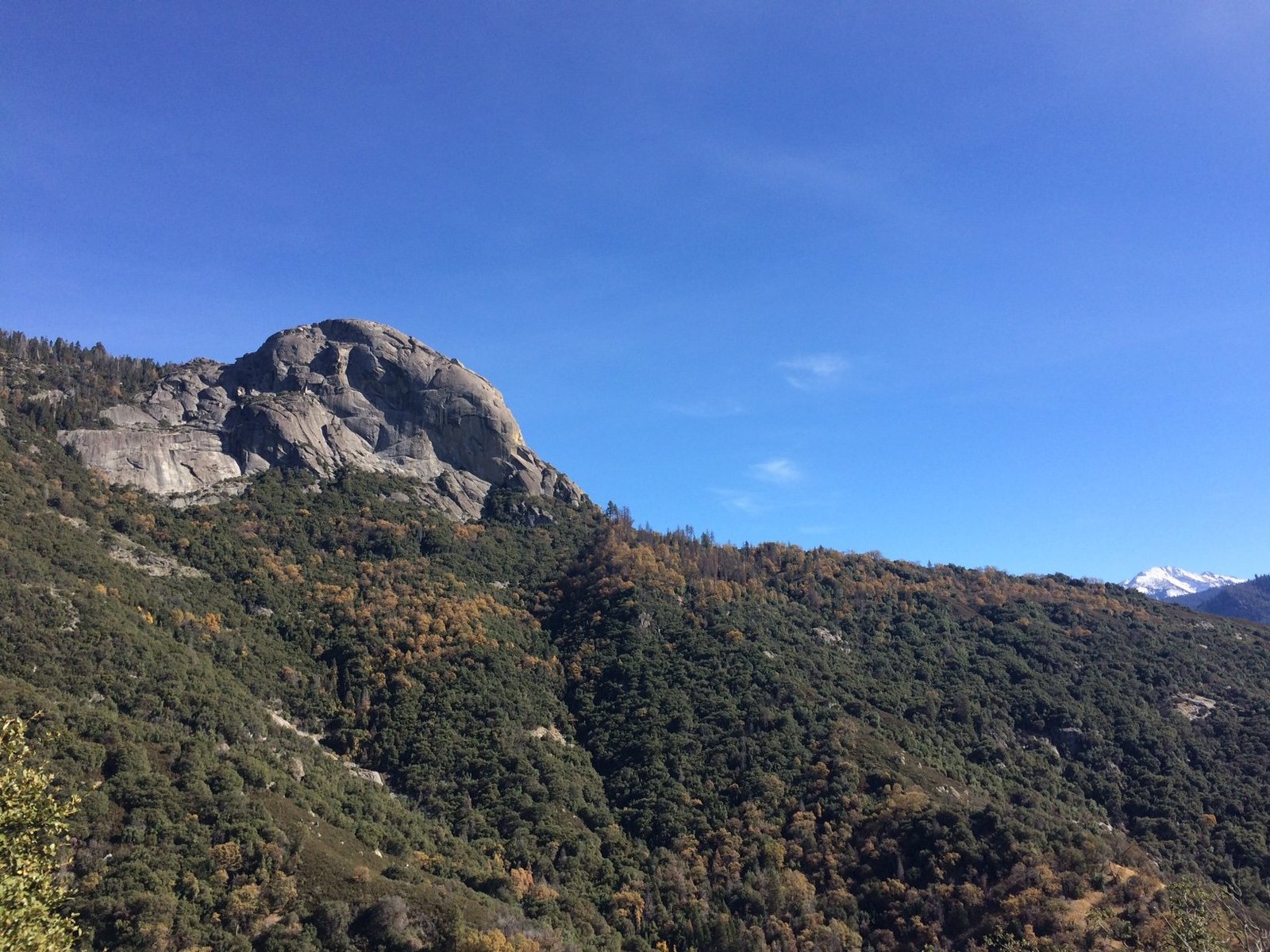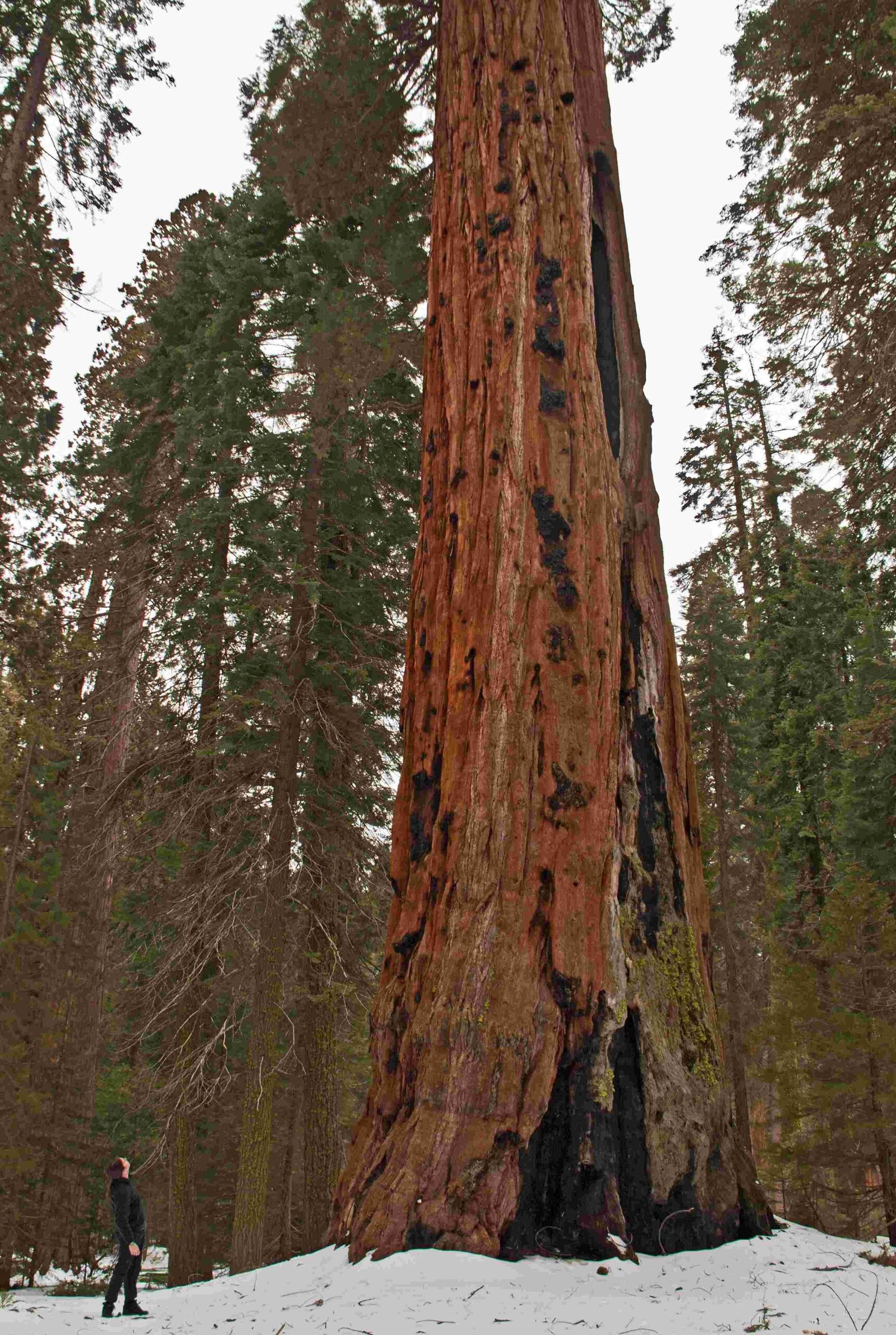Sequoia National Park boasts a remarkable elevation range, spanning from 1,300 feet (397 meters) at its lowest point to 14,505 feet (4,421 meters) at its highest peak, Mount Whitney. This vast altitude difference creates diverse ecosystems and breathtaking landscapes, making it a unique destination for nature enthusiasts and adventurers alike. The park’s varying elevations offer visitors a chance to experience everything from lush foothills to alpine peaks within a single protected area.
What is the Elevation Range of Sequoia National Park?

Sequoia National Park’s elevation range is truly impressive:
- Lowest point: Approximately 1,300 feet (397 meters) at the southern entrance near Ash Mountain
- Highest point: 14,505 feet (4,421 meters) at the summit of Mount Whitney
This significant altitude variation contributes to the park’s diverse flora and fauna, as well as its varied climate zones.
Where Are the Key Elevation Points in Sequoia National Park?

Several notable locations within Sequoia National Park showcase its altitude diversity:
- Southern Entrance (Ash Mountain): 1,700 feet (520 meters)
- Giant Forest: 5,000 to 7,000 feet (1,524 to 2,134 meters)
- Moro Rock: 6,720 feet (2,049 meters)
- Mount Whitney: 14,505 feet (4,421 meters)
Each of these areas offers unique experiences and views, from the towering sequoias in the Giant Forest to the panoramic vistas atop Moro Rock.
How Does Altitude Affect Accessibility in Sequoia National Park?
The park’s varying altitudes present both challenges and opportunities for visitors:
- Road Access: The Generals Highway connects lower elevations to higher areas, including the Giant Forest. However, winter snow can lead to closures.
- Hiking Trails: Reaching the highest points, like Mount Whitney, requires strenuous hikes. The Mount Whitney Trail, for instance, involves a 6,100-foot (1,900-meter) elevation gain over a 22-mile roundtrip.
- Altitude-Related Challenges: Visitors may experience altitude sickness, especially at higher elevations. Symptoms can include headache, nausea, and fatigue.
| Elevation Range | Accessibility | Potential Challenges |
|---|---|---|
| 1,300-5,000 ft | Easy | Minimal |
| 5,000-8,000 ft | Moderate | Some altitude effects |
| 8,000+ ft | Difficult | Significant altitude effects, weather concerns |
What Amenities and Activities Are Available at Different Altitudes?
Sequoia National Park offers a variety of experiences across its elevation range:
Lower Elevations (1,300-5,000 ft):
- Visitor centers
- Campgrounds
- Easy to moderate hiking trails
- Wildlife viewing opportunities
Mid-Range Elevations (5,000-8,000 ft):
- Giant Forest area
- Big Tree Trail and Sherman Tree Trail
- Moro Rock
- Educational programs
- Scenic drives
Higher Elevations (8,000+ ft):
- Backcountry camping (permits required)
- Mountaineering
- Alpine lakes
- Panoramic viewpoints
How Does Altitude Influence Climate and Ecosystems in Sequoia National Park?
The altitude of Sequoia National Park plays a crucial role in shaping its climate and ecosystems:
- Temperature Variation:
- Lower elevations: Warmer temperatures year-round
-
Higher elevations: Cooler temperatures, with snow possible even in summer
-
Precipitation:
- Generally increases with elevation
- Lower areas may receive 26 inches (66 cm) annually
-
Higher elevations can see over 45 inches (114 cm) of precipitation, much of it as snow
-
Ecosystems:
- Foothills: Oak woodlands and chaparral
- Mid-elevations: Giant sequoia groves and mixed conifer forests
- Alpine zones: Sparse vegetation adapted to harsh conditions
What Are the Best Times to Visit Different Altitudes in Sequoia National Park?
The ideal time to visit various altitudes in Sequoia National Park depends on your interests and the activities you plan to pursue:
- Lower Elevations (Spring and Fall):
- Comfortable temperatures
- Wildflower blooms in spring
-
Fall colors in autumn
-
Mid-Range Elevations (Summer):
- Pleasant temperatures
- All facilities and roads typically open
-
Best time for hiking and exploring sequoia groves
-
Higher Elevations (Late Summer):
- Snow-free trails
- Alpine wildflower displays
- Ideal for backcountry hiking and camping
| Season | Best for | Altitude Range |
|---|---|---|
| Spring | Wildflowers, waterfalls | Lower to mid |
| Summer | General exploration, hiking | All ranges |
| Fall | Fall colors, fewer crowds | Lower to mid |
| Winter | Snow activities, solitude | Lower to mid |
How Can Visitors Prepare for the Altitude of Sequoia National Park?
To fully enjoy the altitude of Sequoia National Park, visitors should:
- Acclimatize gradually: Spend a day or two at lower elevations before ascending to higher altitudes.
- Stay hydrated: Drink plenty of water to combat the effects of altitude.
- Protect from sun exposure: Use sunscreen and wear protective clothing, as UV radiation is stronger at higher elevations.
- Be aware of symptoms: Recognize signs of altitude sickness and descend if necessary.
- Plan accordingly: Check weather forecasts and road conditions, especially for higher elevations.
- Bring appropriate gear: Pack layers of clothing and proper hiking equipment for varying altitudes and conditions.
By understanding and respecting the altitude of Sequoia National Park, visitors can safely explore its diverse landscapes and experience the awe-inspiring beauty of this natural wonder.
References:
1. https://zacalife.com/blogs/blog/sequoia-park-altitude
2. https://seeker.io/article/what-is-the-elevation-at-sequoia-national-park/
3. https://en.wikipedia.org/wiki/Sequoia_National_Park

